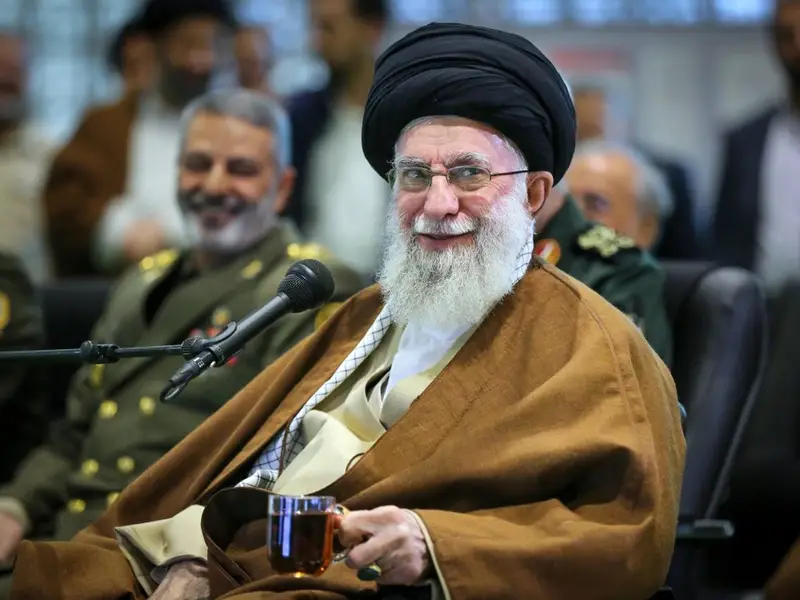The representative of Iran's Supreme Leader in Kerman, claims that the residents of the province are keen to meet the long-time Supreme Leader in a bid to undermine unrest.
Hassan Alidadi Kermani noted, "The population of Kerman province exceeds three million people, and there is a collective wish for everyone to have the opportunity to visit Khamenei."
However, his remarks unfold against a backdrop of growing discontent among the majority of Iranians who hold Khamenei accountable for the deaths of civilians in anti-regime protests over the past years. Kerman in particular has been a hotbed of unrest in the wake of the September 2022 uprising, sparked by the death in morality-police custody of Mahsa Amini.
Opposition figures assert that the repressive forces, including their commanders, share responsibility for the aggression during the 2022 protests and blame Iran's Supreme Leader, Khamenei, as the central figure responsible for the atrocities and aggression.
A rights group report says that in November 2019, security forces of the Islamic Republic allegedly killed at least 3,000 protesters during demonstrations triggered by a significant fuel price hike. The protests swiftly transformed into calls for government overthrow and opposition to Khamenei. Reuters, at the time, reported 1,500 deaths.
Recent reports from rights groups shed light on the aftermath of protests sparked by the 2022 death of Mahsa Amini in custody. The reports indicate that over 500 people, including minors, lost their lives, thousands were injured, and 22,000 were arrested. In response, the Iranian government has imposed several death sentences for demonstrators, with some already executed.
The Iranian judiciary claims the verdicts were issued through fair trials, but details were not disclosed. Concerns persist over the lack of due process, restrictions on defendants choosing their legal representation, and the overall transparency of the legal proceedings in such cases.

